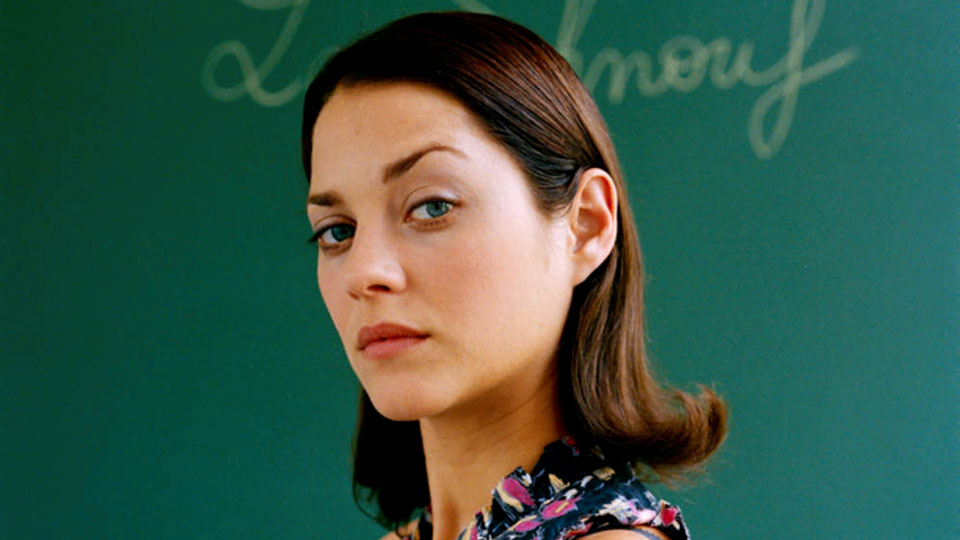
The 2000s created a new freedom for artists as the cost of filmmaking lowered considerably thanks to the lowering costs of digital effects and shooting on digital film. Meanwhile, the film market–having gotten used to the flood of low-budget but high-quality indie fare that became popular in the 90s–was still hungry for original content.
As a result, the 2000s continued with the experimental spirit that the 90s encouraged, this time bolstered by a generation of filmmakers who could affordably represent their visions on a budget.
The result was a decade filled with inventive films that gained both popularity and a widespread appreciation. But even then, there are so many films produced and time moves forward; after a while, films are forgotten or overlooked, even by the most sharp-eyed cinephile. To remedy that, here are ten totally awesome movies from the 2000s you might have missed the first time around.
1. Uzumaki (2000)
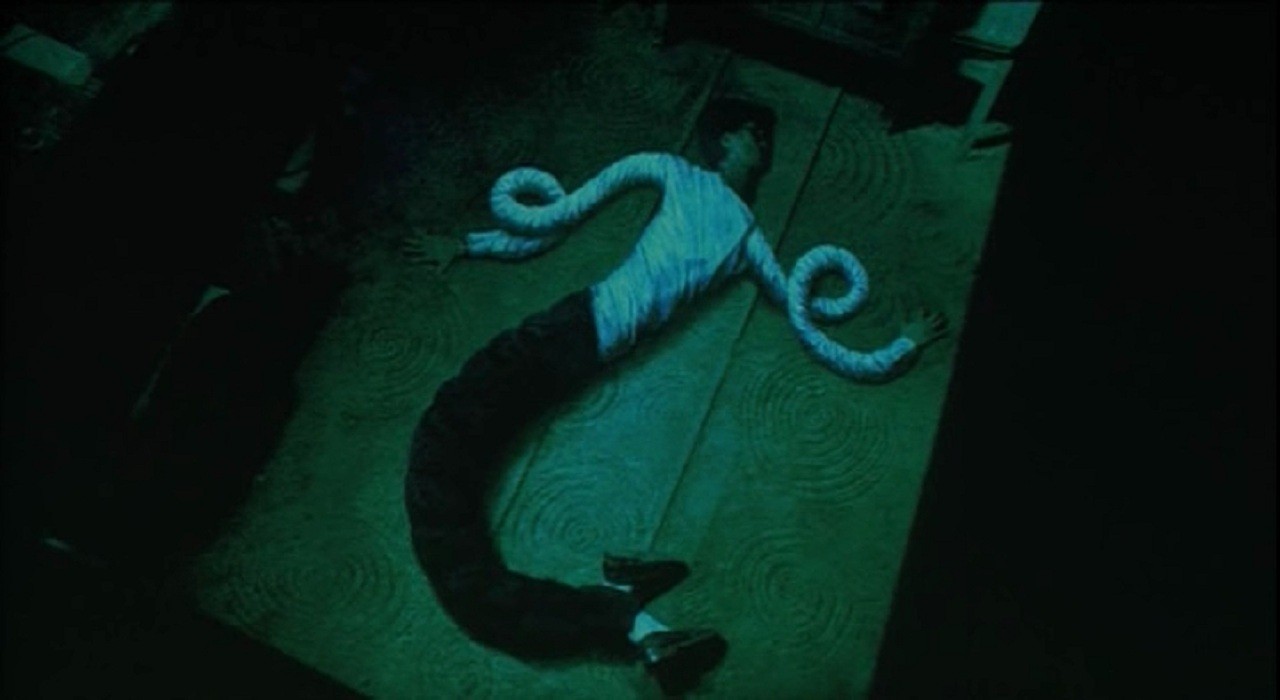
Spirals begin to take over a town, driving its inhabitants mad in the process. This unexpected source of horror begins to manifest itself in the increasing obsessions of the townspeople of spiral patterns, which they begin to see everywhere and in turn begin to draw and construct them on every surface.
But as protagonist Kirie and reporter Tamura begin to observe, there is more going on than just that: students at Kirie’s school begin to sprout shells and a surprisingly slimy boy starts to walk at a snail’s pace, only attending school when it rains.
Uzumaki is an adaptation of a manga of the same name, and the manga is as strange as the film. The film itself is creepy as we watch our protagonist slowly realize that there’s something more sinister at work with the newly found spiral obsession of her town, and the gross mutations and effects it has on the townspeople suggests a mutating psychological infection is taking place. Initially overlooked, Uzumaki is a solid J-horror film with a bizarre premise and equally original source of its horror.
2. Timecode (2000)
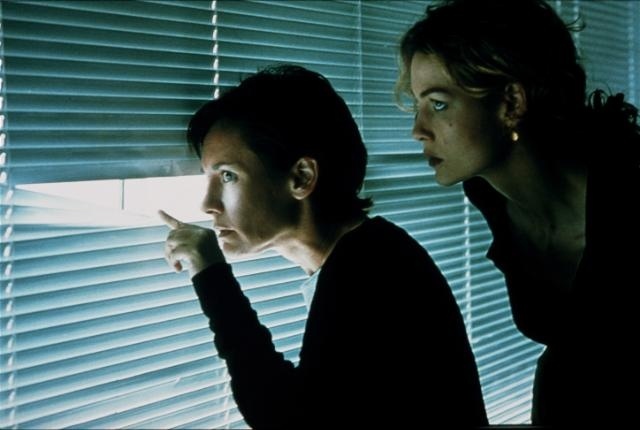
Over the course of 93 minutes, multiple storylines intersect in a busy film production office in Los Angeles as actresses, producers, and lovers meet, collide, and cross paths with each other, culminating in an earthquake that both shakes apart and unifies their distracted storylines. This sort of busy mise-en-scène is accentuated by the astounding visual dynamic of being captured and displayed on four separate screens for the audience to watch simultaneously.
Timecode is a radical audio-visual experiment from director Mike Figgis (Leaving Las Vegas, Cold Creek Manor), where he arranged for four cameras to film a movie in real-time with each following a separate character.
The effect on the viewer is both disorienting and fascinating: the sound mix lowers and raises to clue the viewer into which screen they should be focusing on at that moment so they don’t miss important plot details, but it also leaves the viewer free to follow a separate story as they occur on another channel. Whether or not the plot adds up to much is besides the point in this singular film, an experiment that has yet to be repeated but for fans of avant-garde cinema techniques shouldn’t be missed.
3. George Washington (2000)
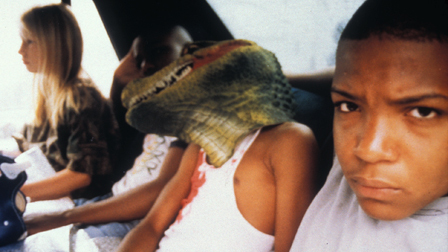
In a small rural town in North Carolina, a group of adolescent kids while away the summer, just entering adolescence and spending their time in that twilight between childhood and being young adults.
These kids wander around their rural landscape, finding swimming holes, having crushes on each other, and in general doing what kids do during the long, hot months in between years at school. But a tragedy occurs when one of them accidentally dies and the rest of the kids soulfully try to reconfigure their own selves to handle the tragedy, each changing in a significant–and in one case, heroic–way.
Capturing the kind of summer that many adults fondly remember as the last time they are considered kids and when boys and girls can be friends instead of potential romantic partners, George Washington mixes both sentimentality with shocking tragedy and turns the rites of passage that usually surround first kisses and the first taste of independence into something much deeper and darker.
Director David Gordon Green’s first film is a lyrical riff on Terrence Malick’s meditative, pastoral gaze, with many elements (elegantly framed shots of nature and industry, dwarfed human figures against giant landscapes, and of course a young girl serving as the narrator) echoing Days of Heaven. A brilliant debut that announced a great talent, George Washington is both a sentimental tale of childhood and a drama that depicts the turning point away from childish idyll.
4. Kontroll (2003)

Being a ticket inspector isn’t exactly a prestigious job: charged with checking the tickets of train passengers as they depart is a position met with frequent scorn from the commuters while these workers are charged with chasing down fare dodgers who frequently get the best of them.
Bulcsú has figured this out working for the Budapest Metro, where he sleeps underground and works with a group of misfits who slog through their thankless jobs. But when someone starts going around killing repeat offenders, Bulcsú becomes a suspect while also trying to figure out who’s going around pushing people onto the tracks.
Kontroll is a weird comedy-action-romance-thriller hybrid that’s colorful, fast-paced, and stylish. By setting the film underground, director Nimrod Antal creates a distinct, somewhat post-apocalyptic world for Kontroll’s loose-cannon oddballs to live and fight and love in. Finding a tricky balance between drama, suspense, action, and comedy, Kontroll keeps the audience invested by giving them something new to latch onto every few scenes while also keeping the pace of a speeding subway car.
5. Party Monster (2003)
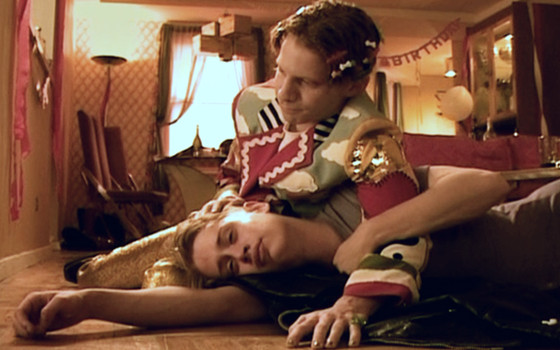
If Michael Alig’s story is unfamiliar to you, after watching Party Monster you’ll be more than informed and maybe a little repulsed. A trust fund dilettante who found his niche in the underground party scene of NYC in the 1990’s, Party Monster details the rise and fall of the flamboyant Alig as told to the audience by his one-time mentor and friend James St. James.
After climbing the club scene social ladder to become the most notorious party promoter in the city, Alig also becomes a drug-addled mess that eventually murders and dismembers his drug dealer.
It’s a wild story told in the similarly outrageous biopic Party Monster, with Alig played in an image-shedding performance by Macaulay Culkin. Besides Culkin’s surprisingly dark turn as Alig, Party Monster is also a rare film that actually details the fledgling club scene of 1990s New York City, drug-soaked but also an important gay social scene in its time, and even more rare for being a film (not completely negatively) focusing on a convicted murderer that was released while Alig was still serving his sentence.